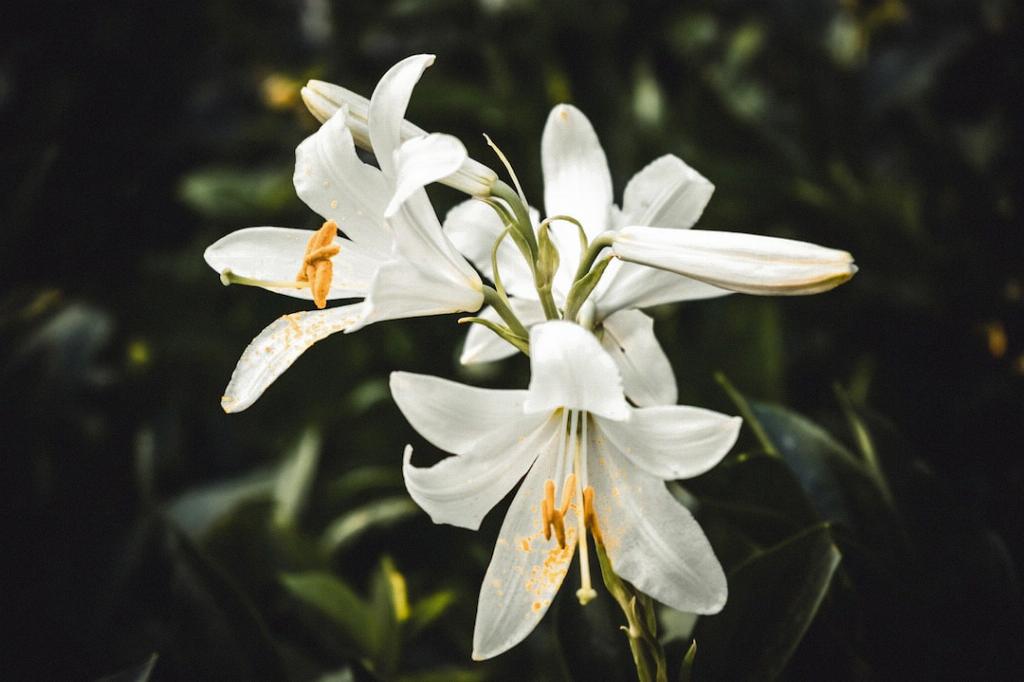If you’re looking to keep your peace lily thriving outdoors, there are a few key factors to keep in mind. Positioning your plant in a shaded or partially shaded area is crucial to its health. While peace lilies can tolerate some sunlight, too much direct exposure can lead to brown leaf tips.
When it comes to watering your peace lily, consistency is key. The soil should be kept consistently moist, but be mindful of over-watering, as this can result in root rot. Your peace lily will appreciate a regular watering schedule, ensuring the soil doesn’t dry out completely.
One way to maintain adequate soil moisture levels is by using a well-draining potting mix. Peace lilies thrive in soil that allows excess water to drain away, preventing waterlogged conditions that can harm the plant’s roots. Regularly check the soil’s moisture levels to ensure it’s neither too dry nor too wet.
During the growing season, which typically spans spring and summer, your peace lily may benefit from a biweekly feeding of a balanced liquid fertilizer. This can help promote healthy growth and vibrant blooms. However, reduce or halt fertilization during the plant’s dormancy period in fall and winter.
As a tropical plant, peace lilies appreciate a relatively humid environment. If you live in a dry climate, consider misting the plant occasionally or placing a humidity tray nearby to increase moisture levels. Grouping plants together can also create a microclimate that benefits your peace lily.
While peace lilies are relatively low-maintenance, they may occasionally attract pests like aphids or spider mites. Regularly inspect the plant for any signs of infestation, and promptly treat affected areas with insecticidal soap or neem oil to prevent further damage.
Pruning can help keep your peace lily looking neat and encourage new growth. Remove any yellowing or browning leaves, as well as spent blooms, using sharp pruning shears. Prune selectively to maintain the plant’s natural shape and avoid cutting back too aggressively.
Repotting your peace lily every 1-2 years can prevent it from becoming root-bound and encourage healthy growth. Choose a slightly larger pot with ample drainage holes to accommodate the plant’s expanding root system. Refresh the soil and gently loosen the roots during repotting.
Outdoor peace lilies benefit from a regular cleaning routine to remove dust and debris that can accumulate on their leaves. Wipe down the foliage with a damp cloth or gently rinse the plant in the shower to keep it looking fresh and vibrant.
Monitor your peace lily for any signs of stress, such as wilting or drooping leaves, which may indicate a need for adjustments in care. Prompt attention to these symptoms can help address underlying issues and prevent more serious problems from developing.
By following these guidelines and providing attentive care, you can enjoy a flourishing peace lily in your outdoor space. Incorporating these practices into your plant care routine will help ensure that your peace lily remains healthy, vibrant, and visually stunning for years to come.

